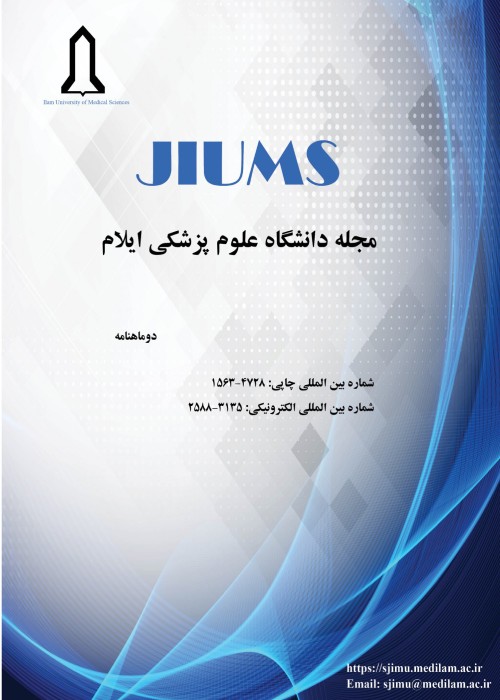Cardiac Troponin T Response during High-Intensity Competition and its Correlation with the Corrected QT Interval among the Trained Athletes
It is highly crucial to develop novel strategies in order to further enhance the monitoring of sudden cardiac arrest in athletes and establish standard medical care procedures to control monitoring and treatment costs. Therefore, this study aimed to investigate the effects of a high-intensity competition on cardiac troponin T (cTnT) and its correlation with the corrected QT interval (QTc) in the trained athletes.
In total, 32 male athletes (mean age: 26.9±4.7 years, body mass index: 25.6±1.6 kg/m2) competed in 8-min high intensity competitions. The competition items included running on skillmill for 400 meters; three-stage deadlifting, weight lifting (110kg) with 5 repetitions; (130kg) with 3 repetitions; and (150kg) with 1 repetition, bar pulling up with 30 repetition, 30-kg kettlebell swinging, and 20 sandbag throwing with different weights at a distance of 5m behind a 75-cm box. Moreover, lead II electrocardiogram was utilized in order to measure the resting QTc. The intravenous blood test was performed to determine the level of troponin T before and immediately after the competition. In addition, ANOVA with repeated measures was used to examine the differences between variables in resting position, post competition, and after correction for the volume of plasma lost. In addition, Bonferroni post hoc test was used to identify which mean differences were statistically significant. The Pearson Correlation Coefficient was calculated to assess the level of correlations between the variables and QTc. Ethics code: IR.SRTTU.SSF.2018.103
The results showed an immediate significant increase in the cardiac Troponin T after high-intensity competition, compared to the resting position (P<0.001). However, when raw post-exercise data were corrected for plasma volume loss, no significant difference was observed in this regard (F1,31= 832, P<0.001). Furthermore, the Pearson results indicated that there was no significant correlation between the resting QTc and cTnT before and after the high-intensity comoetition.
There was no significant correlation between the QTc and cTnT among the trained atheletes after high-intensity competition. The QTc can not probably be ragrded as an independent high-risk predictor for myocardial damage and cTnT release in athletes. However, there is a need for more studies on athletes in different sports.
- حق عضویت دریافتی صرف حمایت از نشریات عضو و نگهداری، تکمیل و توسعه مگیران میشود.
- پرداخت حق اشتراک و دانلود مقالات اجازه بازنشر آن در سایر رسانههای چاپی و دیجیتال را به کاربر نمیدهد.


